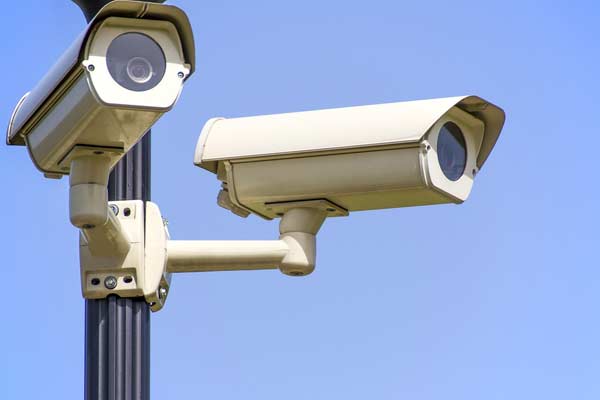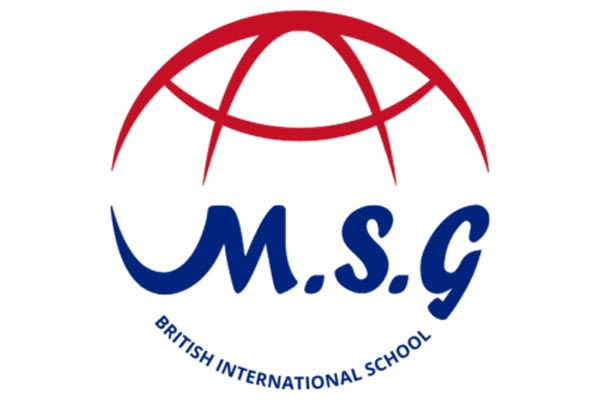Sign Language in Schools: A Necessity or a Luxury?
Sign language is a form of communication that relies on hand movements, facial expressions, and body gestures, using visuals to convey messages.
The deaf and hard-of-hearing community uses it, but it can also be used by people who want to communicate silently or in noisy environments.
The question of whether sign language should be taught in schools has been debated for years. Some people believe that it should be taught as a second language, while others argue that it is not necessary.
There are several reasons why sign language should be taught in schools:
- It allows deaf and hard-of-hearing students to communicate with their peers and teachers. This can help them feel more included in the classroom and improve their academic performance.
- Learning sign language can benefit hearing students as well. It can improve their communication skills, increase diversity awareness, and even enhance their cognitive abilities.
- Teaching sign language can promote inclusivity and diversity in schools, which can have a positive impact on the entire school community.
The Importance of Sign Language
Sign language is a method of communication that involves hand gestures, facial expressions, and body movements. It is commonly utilized by individuals who are deaf and has official recognition as a language in numerous nations.
The importance of sign language in schools must be emphasized. This section will explore why sign language should be taught in schools.
Communication
The primary reason why sign language should be taught in schools is that it provides a means of communication for those who are deaf or hard of hearing. Sign language allows people to communicate with each other without the use of verbal communication.
This is especially important for individuals who are unable to hear and speak. Sign language also helps to bridge the communication barrier between the deaf and hearing communities.
Signing and Body Language
Sign language uses hand movements, facial expressions, and body language to express messages. This means that individuals who learn sign language develop a better understanding of body language and nonverbal communication.
This important skill is handy in different situations, like talking to people or in job interviews.
Deaf Culture
Learning sign language also provides students with an opportunity to learn about the deaf culture. The deaf community has a unique culture, language, and way of life.
🌟 Hey Students! 🚀 Ready for the ultimate experience? Join us on Studentsinside.com's Facebook, YouTube, WhatsApp, and LinkedIn. Click now for tips, fun, and success vibes! 🌈✨ #StudentLife #JoinUs
Communication Skills
Learning sign language can also help students develop essential communication skills. Sign language requires individuals to be attentive, observant, and responsive to others.
These skills are critical in all areas of life, including personal relationships, academic settings, and the workplace.
Emotional Expression
Sign language offers a distinctive and meaningful means for people to convey their emotions.
It incorporates facial expressions and body movements, enhancing the ability to communicate feelings in a manner beyond what verbal communication can achieve.
Sign Language in Education
Benefits in Classroom
Teaching sign language in schools can have numerous benefits in the classroom. It can improve communication skills, especially for students who are non-verbal or have difficulty with spoken language.
Sign language can also enhance social skills and promote inclusion among students with special needs.
Moreover, learning sign language can also improve motor skills and be integrated with literacy and early literacy. It can aid in reading, writing, and viewing skills.
It can also help students with linguistic and bilingualism development, as well as provide an opportunity to learn a new language.
Implementing Sign Language in Curriculum
To implement sign language in the curriculum, schools can provide resources such as videos, books, and online courses. Teachers can also attend workshops to learn manual signs and how to teach them in the classroom.
High school can be an ideal environment for students to learn sign language as a foreign language. It can be included in the language curriculum and fulfill modern and foreign language academic degree requirements.
It is important to note that sign language should not replace spoken language but rather serve as a complement. It can be used alongside spoken language to enhance communication and improve language skills.
Deaf and Hard of Hearing Students
Challenges and Support
Deaf and hard-of-hearing students face unique challenges in the classroom, including difficulty hearing lectures and participating in group discussions. Lip reading can be challenging, and relying solely on written communication can be limiting.
Additionally, these students may face discrimination and a lack of understanding from their peers.
To address these challenges, schools should provide appropriate support and accommodations for deaf and hard-of-hearing students.
This might involve offering sign language interpreters or captions for lectures, ensuring that class materials are easy to access, and supplying assistive devices like cochlear implants or hearing aids.
Promoting Inclusion
Teaching sign language in schools can promote inclusion for deaf and hard-of-hearing students.
By learning sign language, hearing students can communicate more effectively with their deaf and hard-of-hearing peers, and deaf and hard-of-hearing students can participate more fully in classroom discussions and activities.
However, it is essential to note that not all deaf and hard-of-hearing individuals use sign language as their primary mode of communication.
Some individuals may use lip reading or written communication, while others may use cochlear implants or hearing aids to facilitate spoken language.
Therefore, schools must provide various accommodations and support options to meet the diverse needs of deaf and hard-of-hearing students.
American Sign Language Vs. Other Sign Languages
Sign languages differ across countries and are not universal. For example, American Sign Language (ASL) and British Sign Language (BSL) are distinct, even though both countries use English.
Sign languages are intricate and imaginative, much like spoken languages. They involve gestures, facial expressions, and body movements.
In the United States and Canada, ASL is the prevalent sign language recognized as a foreign language to be taught in schools. Studies demonstrate that ASL classes offer advantages to both hearing and non-hearing children.
In addition to being a tool to communicate with those who are deaf or hard of hearing, ASL can help students develop vital communication and social skills.
BSL, on the other hand, is the sign language used in the United Kingdom. It has its grammar and vocabulary and is not mutually intelligible with ASL.
Similarly, other sign languages like Spanish Sign Language and French Sign Language have unique characteristics and are not interchangeable with ASL.
It is important to note that sign languages are not universal, and it is essential to learn the sign language used in the country or region where one resides or plans to visit.
While ASL is the most commonly used sign language in North America, it may not be the most appropriate sign language to learn in other parts of the world.
Role of Teachers and Institutions
Sign language being taught in schools depends a lot on teachers and schools themselves. They are responsible for creating an inclusive classroom environment that promotes effective communication between hearing and deaf or hard-of-hearing students.
Research has shown that teaching sign language in schools can have numerous benefits, including improved communication, increased cultural understanding, and enhanced diversity in the classroom.
Teachers can use sign language as a tool to promote bilingual education and to break down the stigma surrounding deafness and sign language.
In the United States, the use of sign language interpreters in schools is becoming more common, but there is still a need for more comprehensive deaf studies programs.
High schools can play a critical role in promoting the study of sign language and deaf culture by offering courses and programs focusing on these topics.
In addition to the benefits of teaching sign language, there are also some challenges that teachers and institutions may face.
For example, evaluating student progress in sign language can be difficult, and there may be a need for standardized testing and evaluation methods.
Despite these obstacles, there is an increasing effort to encourage the inclusion of sign language instruction in schools. Petitions and social media campaigns have been launched to encourage national and state governments to support the learning of sign language in schools.
Some countries, such as the United Kingdom, have already taken steps to recognize sign language as an official language and to promote its use in schools.
Sign Language and Society
Sign language is an essential part of society, and teaching it in schools can have a positive impact on cultural understanding, diversity, and inclusion.
The use of sign language is not limited to the deaf community but can benefit everyone. It is a unique way of communication that can help break down barriers and foster relationships between people from different cultures.
The stigma surrounding sign language and the deaf community is still prevalent in many societies.
Teaching sign language in schools can help break down these barriers and promote acceptance and understanding. It can also help to reduce discrimination against the deaf community, which is a significant issue in many parts of the world.
The pandemic has underscored the significance of being inclusive and the necessity for using different communication methods. Wearing masks and maintaining physical distance can make it challenging for individuals to interact effectively.
Sign language can solve this problem, and by teaching it in schools, we can prepare future generations for similar situations.
It is essential to recognize the significance of sign language in deaf culture.








